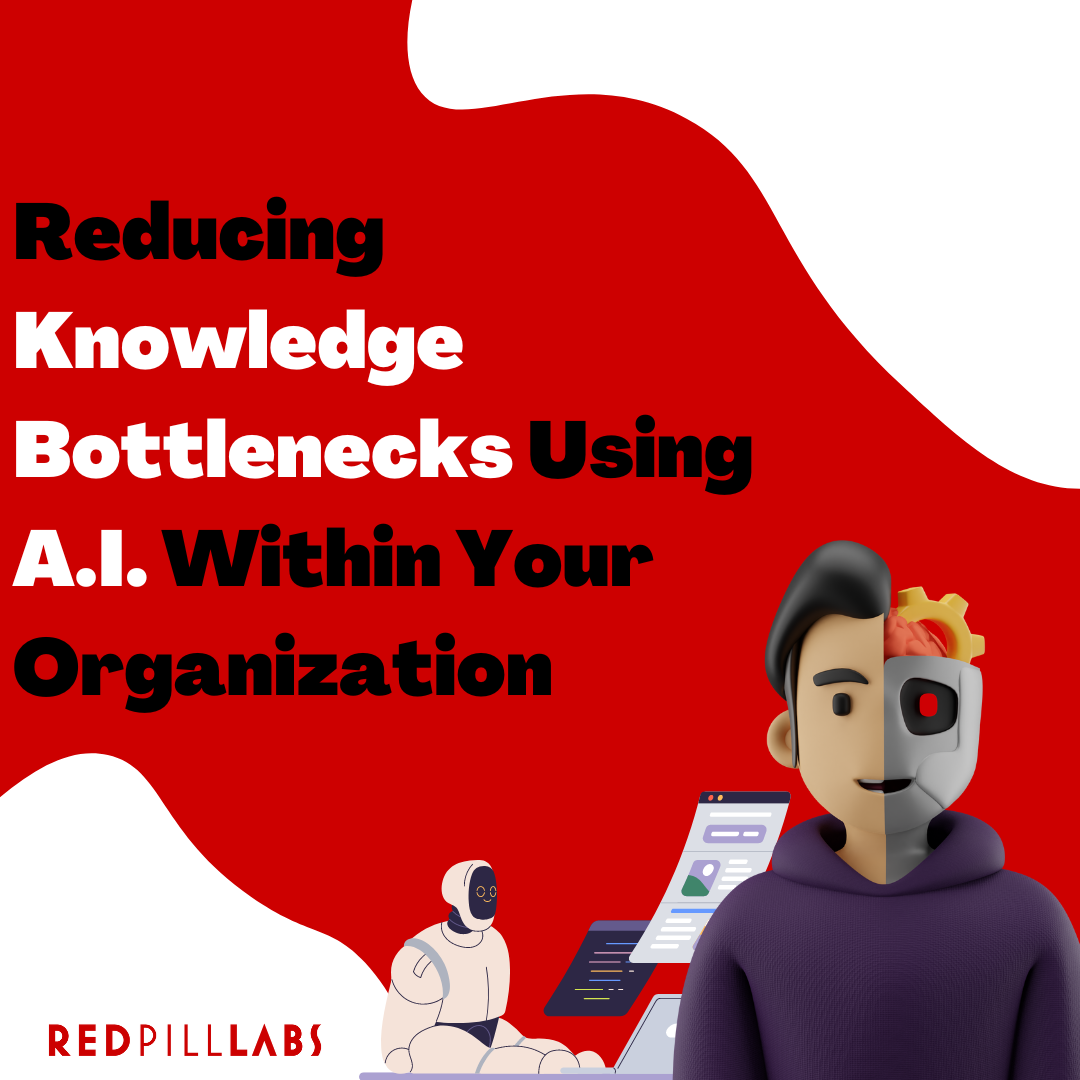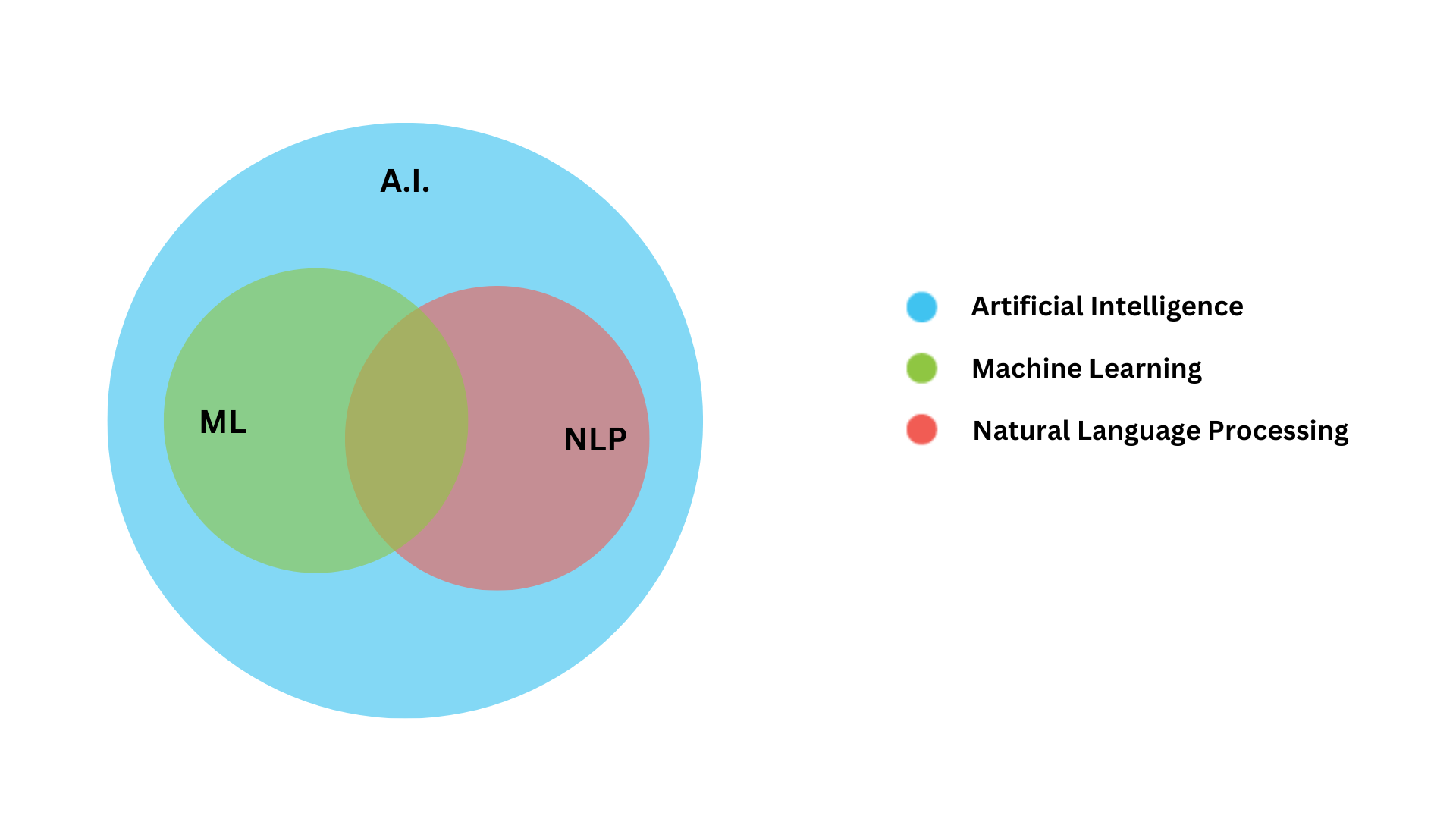Reducing A.I Knowledge Bottlenecks Within Your Organization
Learn how to use A.I. within your organization to reduce knowledge bottlenecks.
As businesses expand, they often find themselves gathering substantial amounts of information in continuously increasing amounts, which can lead to a common challenge known as "knowledge bottlenecks".
These knowledge bottlenecks occur when needed information is not readily accessible, making teams or individuals struggle to access the relevant information in a timely manner.
This issue impacts productivity, increases frustration, and eventually affects the organization's overall success.
Fortunately, AI can help dodge knowledge bottlenecks and increase business efficiency.
In this blog post, we'll explore some ways AI can help reduce knowledge bottlenecks and increase productivity in your organization.
1. Natural Language Processing and Machine Learning Algorithms
One of the most efficient ways to lower the chance of knowledge bottlenecks in your organization involves the utilization of Natural Language Processing (NLP) and machine learning algorithms. NLP is used to extract insights and meanings from text data – while machine learning algorithms can also be used to analyze large data sets to help distinguish patterns, make predictions, and automate decision-making. Tools like this help organizations discover insights that might have gone unnoticed, make better data-based decisions, and automate repetitive tasks, freeing up your employee's schedules so they can focus on what matters most.
NLP (Natural Language Processing) utilizes Machine Learning Algorithms to help businesses increase efficiency.
2. Chatbots and Virtual Assistants
Another way to reduce knowledge bottlenecks is by using chatbots, like Kama.AI, and virtual assistants. These AI-powered solutions can respond to frequently asked questions, give staff on-demand support, and point employees in the right direction for information or resources. They also gain knowledge over time, which is why the more interactions, the smarter these tools get. Furthermore, organizations can boost their productivity and efficiency by reducing the amount of time employees spend looking for information by implementing chatbots and virtual assistants. Click here to learn more about Kama.AI!
3. Knowledge Graphs
Another great tool for reducing knowledge bottlenecks in organizations is knowledge graphs. Knowledge graphs are visual representations of the knowledge within an organization that help demonstrate how different bits of information are related to each other. This can help organizations have a visualization (which is easy to interpret) and understand complex knowledge structures and relations, making it easy to determine where to access information, quickly. By utilizing knowledge graphs, organizations will be able to better understand their data and make more informed decisions. How does this connect to AI? You may ask. Well, instead of just generating words based on patterns, AI language models can now describe the relationships and precise meaning of data using knowledge graphs. As a result, AI will be a more reliable partner when your people conduct searches.
How knowledge graphs help reduce bottlenecks within organizations.
4. Ethical and Unbiased AI Solutions
Implementing AI solutions to help with the reduction of knowledge bottlenecks is helpful, but it’s essential to ensure they are ethical and unbiased. Establish clear ethical guidelines and principles for AI development and use, conduct regular audits and evaluations of AI systems, and ensure that data used to train AI models is diverse and provide clear explanations to your colleagues of how AI systems work and how decisions are made.
Reducing knowledge bottlenecks with AI is crucial for improving productivity, efficiency, and overall success in organizations. By using natural language processing (NLP) and machine learning algorithms, chatbots and virtual assistants, knowledge graphs, collaborative filtering algorithms, and keeping in check that these AI solutions are ethical and unbiased, organizations can and will overcome knowledge bottlenecks allowing all to be able to access relevant information quickly and easily.







